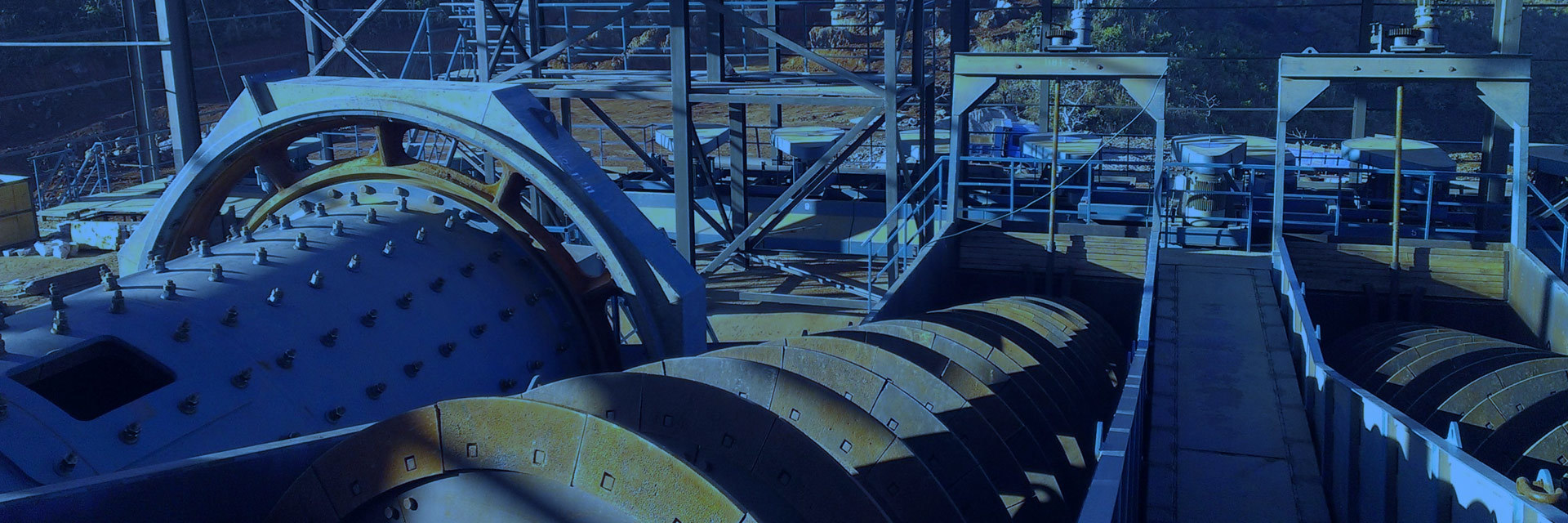Oil pipelines have poor corrosion resistance and obvious defects. Due to various factors, some oil pipelines cannot guarantee their construction quality, and there are also certain defects in the selection of construction materials. The anti-corrosion performance of some oil pipelines does not meet the relevant standards, resulting in varying degrees of leakage problems during later operation. Taking the Qinjing oil pipeline as an example, petroleum asphalt was selected as the main anti-corrosion material during the initial construction period. But after 5 years of operation, the overall anti-corrosion layer has aged and cracked locally, resulting in leakage problems during the later operation of the oil pipeline. In addition, during the transportation and construction phases, the external anti-corrosion layer of the pipeline may be damaged, and the lack of detection technology during the construction process may affect the anti-corrosion performance of the pipeline during later operation. This may lead to serious consequences such as leaks, fires, explosions, etc., such as the Qinjing oil pipeline in China. During operation, the poor quality of the asphalt anti-corrosion layer resulted in severe corrosion and leakage of the pipe body.
Usage: The ocean floating hose is a key equipment for the long-distance transportation system of floating storage and offloading (FPSO) vessels, used for transporting crude oil and petroleum products, and is an indispensable and important equipment in FPSO production management.
1. The inner lining is made of synthetic rubber and serves as an internal fluid barrier to prevent fluid leakage.
2. The reinforcement layer is made of materials such as nylon cord, polyester cord, steel cord, etc., to improve the tensile strength of the hose.
3. The reinforcement layer of the wrapped steel wire is made of high-strength carbon steel wire to improve the overall integrity of the hose and ensure its negative pressure resistance.
4. The floating layer is made of microporous foam material that does not absorb water and is constantly bent and cracked, giving the hose floating performance.
5. The outer layer is made of synthetic rubber or polyurethane material that is resistant to aging, wear, oil, and seawater corrosion, protecting the hose from damage.
Rubber pipes and belts are important rubber products widely used in mining, metallurgy, automobiles, various machinery, etc., and play an irreplaceable role. Since the founding of the People's Republic of China, especially since the reform and opening up, China's rubber pipe and belt industry has made significant progress. At present, China's rubber hose and belt products not only meet the needs of the domestic market, but also gradually enter the international market.
At present, with the rapid development trend of innovative technology, floating rubber hoses have been widely used in aerospace companies, steel industry, stainless steel plates, construction engineering, textile products and other fields. The following is an analysis of the reasons for the cracking and leakage of the floating hose:
1. The flexible high-pressure hose section in the welded cracked floating hose mostly uses longitudinal seam welded pipes. Generally speaking, due to the quality defects of longitudinal seam welding itself, the tensile strength of the pipeline is insufficient, resulting in cracking and damage at the welding point. This type of damage is a quality issue with high-pressure hose longitudinal welding products, therefore the control of welding quality should be improved.
2. Insufficient compressive strength of floating rubber hose leads to blasting engineering. Due to the pressure of transporting chemical substances. The high temperature and insufficient compressive strength of the high-pressure hose resulted in blasting engineering. This kind of damage is caused by the failure to select the design model and specifications of the scheme, strictly following the selection criteria for the steel wire hose scheme design model and specifications, and determining the basic parameters of the high-pressure hose and plastic.
Floating rubber hoses, as flexible connecting electronic devices in various pipeline engineering projects, have a light net weight, small volume, corrosion resistance, high temperature resistance, high bearing capacity, and can digest vibrations. For All pipelines are operating normally, and efforts are being made to prevent floating hose failures of soft electronic devices.




